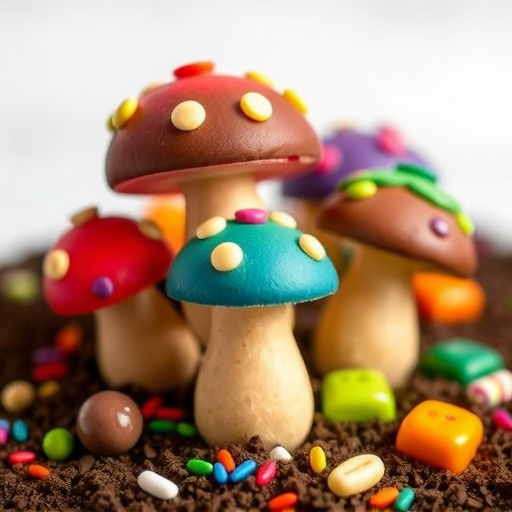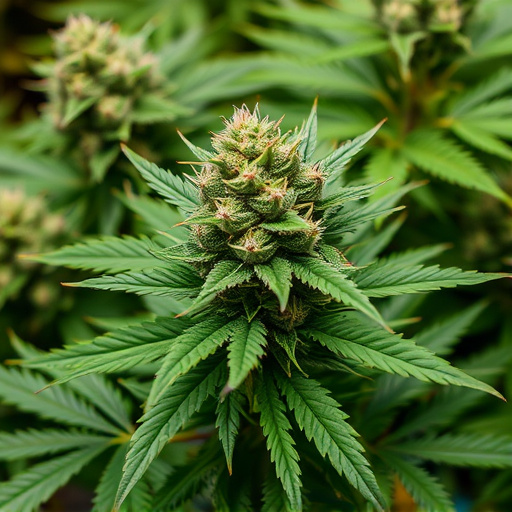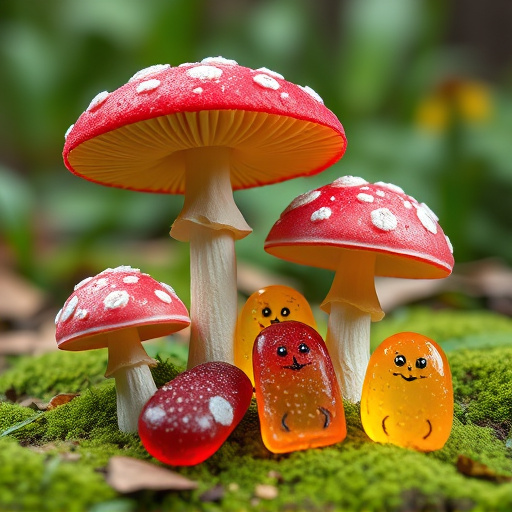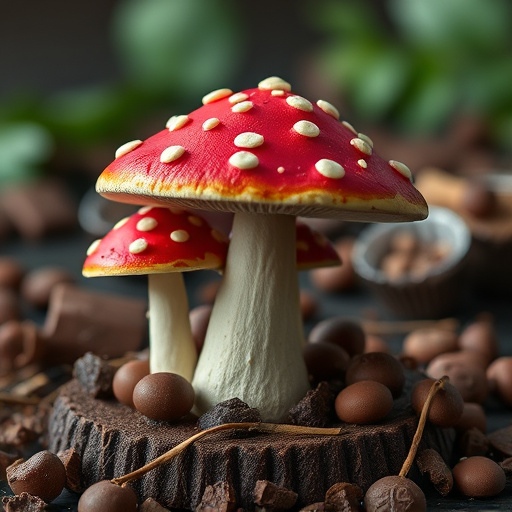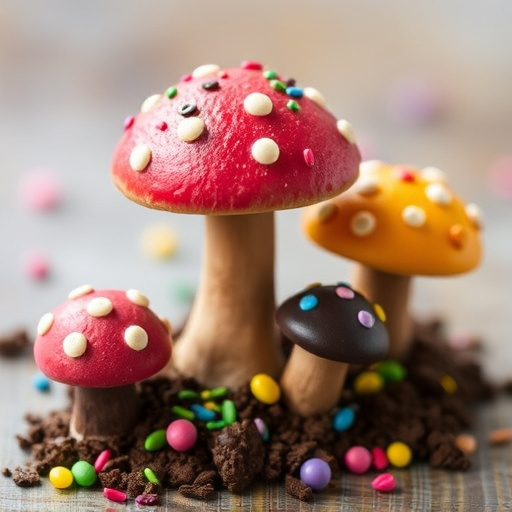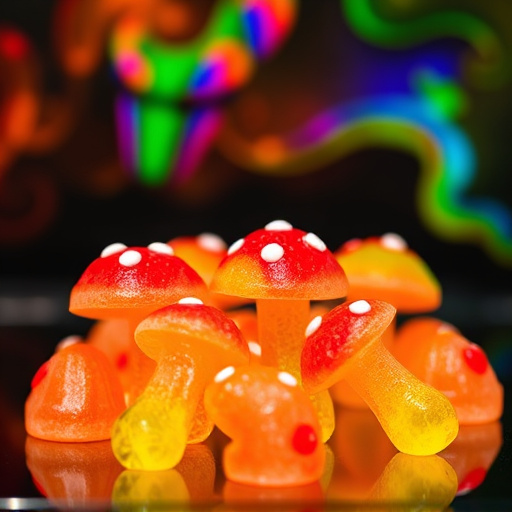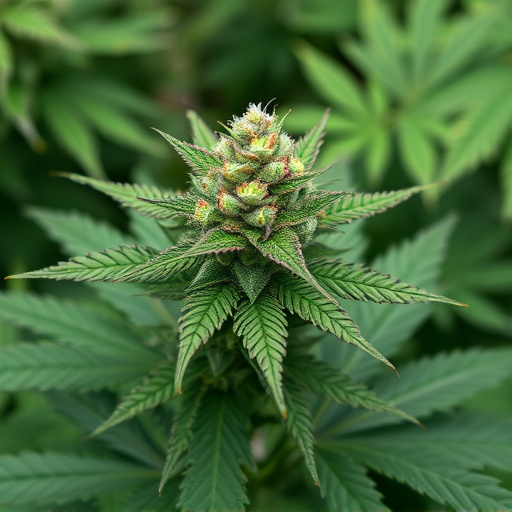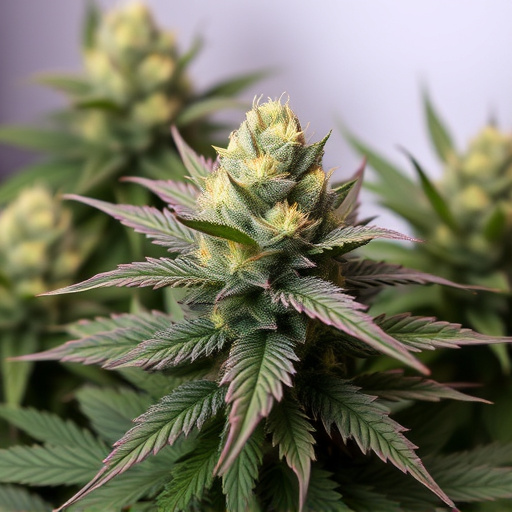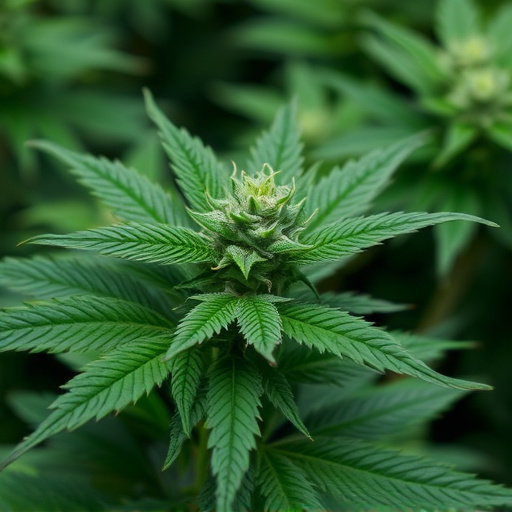Understanding the varying duration of a cannabis high is key to maximizing its therapeutic potential for conditions like PTSD, influenced by strain (preferably high CBD, low THC), terpenes, individual tolerances, metabolism, and consumption methods. Optimal adjustments in these areas can extend the calming effects, aiding PTSD symptom management. When seeking cannabis strains for PTSD, consider tailored profiles, terpene interactions, personal biology, and previous experiences to achieve targeted relief and maximize benefits.
“Unraveling the duration of a cannabis high goes beyond mere curiosity; understanding it can offer insights into managing conditions like PTSD. This article delves into the multifaceted factors that dictate how long a cannabis high lasts. We explore the basic science behind it, focusing on genetic and chemical composition, particularly the role of cannabinoids and terpenes. Additionally, we analyze individual variations in biology and experience that significantly impact potency and duration, providing valuable knowledge for those seeking cannabis strains for PTSD relief.”
- Understanding Cannabis High Duration: The Basics
- Genetic and Chemical Composition: The Role of Cannabinoids and Terpenes
- Individual Factors: How Personal Biology and Experience Impact Potency and Length
Understanding Cannabis High Duration: The Basics
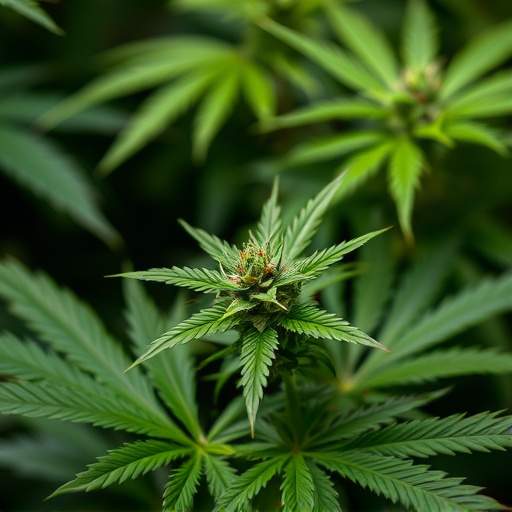
The duration of a cannabis high can vary greatly among individuals, but understanding what influences it is key to maximizing its therapeutic potential, especially for conditions like PTSD. Cannabis high duration isn’t just about getting “high”; it’s the length and intensity of time during which cannabinoids interact with your endocannabinoid system (ECS). This system plays a crucial role in regulating mood, memory, and perception, making it vital for managing symptoms associated with trauma and stress.
Several factors play a part in determining how long a cannabis high lasts. One significant factor is the strain itself. Cannabis strains for PTSD are often selected based on their high CBD (cannabidiol) content and low THC (tetrahydrocannabinol) levels, as CBD is known to have anti-anxiety properties and may help extend the calm, relaxed state associated with cannabis use. Terpenes, aromatic compounds in cannabis, can also impact duration. Certain terpenes like linalool and myrcene are believed to enhance the effects of cannabinoids and potentially prolong the high. Additionally, individual tolerances, metabolism, and method of consumption all contribute to how one experiences and perceives the length of a cannabis high.
Genetic and Chemical Composition: The Role of Cannabinoids and Terpenes
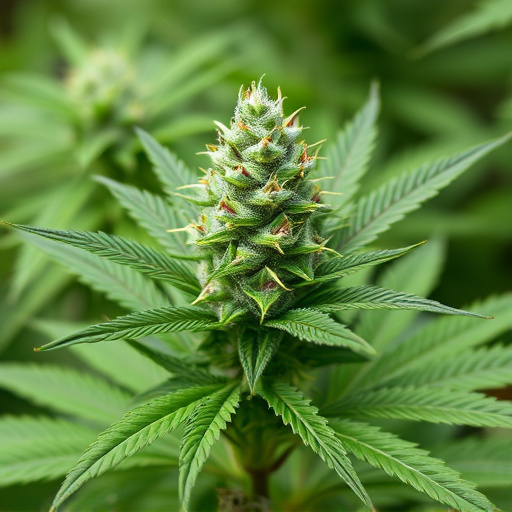
The genetic and chemical composition of cannabis plants plays a significant role in determining the duration and intensity of the “high” experienced by users. Cannabis strains for PTSD, for instance, are often selected based on their unique cannabinoid profiles. Cannabinoids like THC (tetrahydrocannabinol) and CBD (cannabidiol) interact with the body’s endocannabinoid system, influencing mood, memory, and pain perception. Specific cannabis strains may have higher or lower levels of these cannabinoids, leading to varying effects on users.
Terpenes, another crucial component, are aromatic compounds that contribute to the diverse range of experiences associated with different cannabis strains. These terpenes can enhance or modulate the effects of cannabinoids. For instance, myrcene, a common terpene in many cannabis varieties, is known for its relaxing properties and may extend the duration of a “high” by interacting synergistically with cannabinoids, such as THC. Understanding these genetic and chemical factors is vital for users seeking cannabis strains that can provide targeted relief from conditions like PTSD, ensuring they receive the desired effects and an optimal therapeutic experience.
Individual Factors: How Personal Biology and Experience Impact Potency and Length
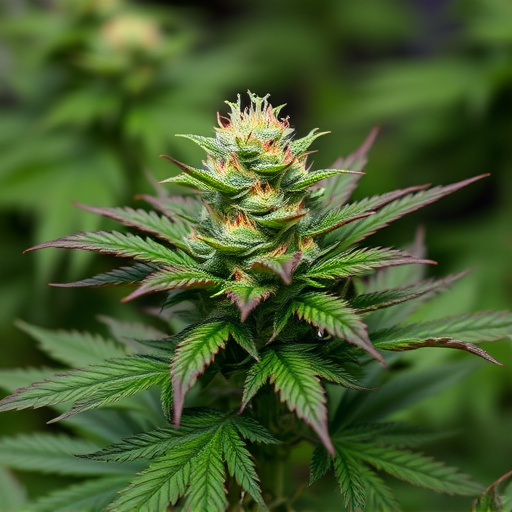
The experience of a cannabis high can vary greatly from person to person, and this is largely influenced by individual factors. Personal biology plays a significant role in determining how one’s body interacts with cannabinoids like THC and CBD. Genetic predispositions can affect the number of cannabinoid receptors in certain areas of the brain, which, in turn, impacts how intensely and for how long someone feels high. For instance, individuals with higher levels of CB1 receptors may experience more intense effects from cannabis strains, potentially leading to a longer-lasting high.
Previous experiences also shape one’s cannabis journey. The potency of cannabis strains used previously can influence the duration of future highs. If an individual regularly consumes highly potent strains, their body might adapt, requiring stronger doses for the same level of effect. Conversely, using milder strains could result in shorter highs. This is especially relevant for individuals seeking cannabis strains for PTSD, as managing symptoms effectively while mitigating potential adverse effects requires a nuanced understanding of personal tolerance and response.
Cannabis high duration is a multifaceted topic influenced by genetic composition, chemical profiles, and individual biological factors. Understanding these elements can help consumers make informed choices, especially when seeking cannabis strains for PTSD or other conditions. By considering the interplay of cannabinoids, terpenes, and personal biology, individuals can optimize their experience, ensuring the desired potency and length of effect to meet their specific needs.
